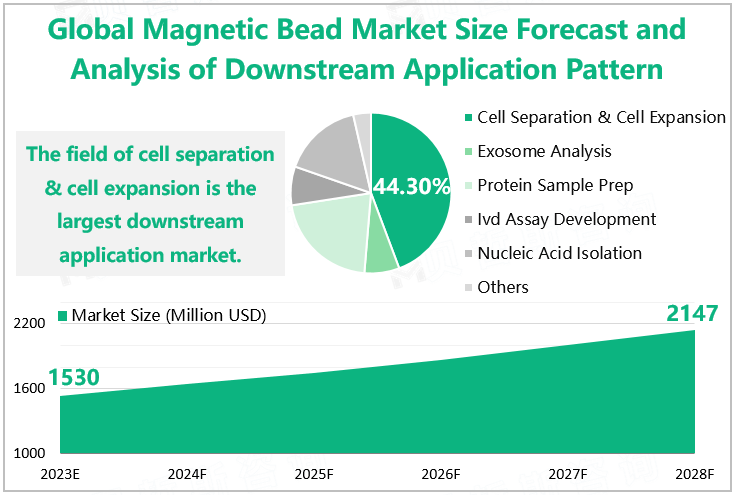Magnetic beads, sometimes also known as magnetic rings, EMI filters, etc., are electronic components that are mostly composed of ferrite. Magnetic beads have high resistivity and permeability, which can be used to suppress high-frequency noise and spike interference and improve the quality and stability of circuits. In the field of biotechnology, magnetic beads are widely used in processes such as DNA/RNA extraction, purification, and separation, with a huge market demand.
Introduction to Main Product Types
Molybdenum oxide magnetic beads: This is a sintered ceramic magnet with strong magnetism, high saturation magnetic induction strength, and high electrical resistivity. The constant selectivity is closely related to its specific preparation process and can be adjusted and selected within a certain range to meet the needs of different application scenarios. In addition, molybdenum oxide magnetic beads also have good high-temperature stability, which can maintain stable magnetic and electrical properties in high-temperature environments.
Nickel zinc magnetic beads: This type of magnetic bead is composed of metal oxides such as nickel and zinc, and has good magnetic and electrical properties. Its characteristic is a wide frequency band range, suitable for application scenarios with different frequencies and bandwidths. In addition, nickel-zinc magnetic beads also have low noise characteristics, making them suitable for circuit designs that require high sensitivity.
Manganese zinc magnetic beads: This type of magnetic bead is a ceramic material with good magnetic and electrical properties. Its main characteristics are low cost, small size, and lightweight, making it suitable for large-scale applications and cost-sensitive situations.
Overview of Market Development and Analysis of Downstream Application Patterns
In recent years, the global magnetic bead market has continued to expand due to the rapid development in fields such as biotechnology and medical diagnosis. According to our research data, the global magnetic bead market size was $1530 million in 2023. In the future, with the continuous progress in fields such as nanotechnology and biotechnology, the preparation technology and application fields of magnetic beads will continue to expand, providing more impetus for market growth. It is expected that by 2028, the global magnetic bead market size will increase to $2147 million.
Global Magnetic Bead Market Size Forecast and Analysis of Downstream Application Pattern

Source: www.globalmarketmonitor.com
Analysis of Market Development in Major Regions/Countries
From a regional perspective, the global magnetic bead market is mainly concentrated in three major regions: North America, Europe, and Asia. Among them, North America is the world's largest magnetic bead market. According to our data, the North American magnetic bead market size in 2023 was $502 million, with a market share of 32.81%; The European market has become the second largest magnetic bead market with a share of 30.92%. In addition, at the national level, Asian countries such as China, Japan, and India are also important components of the global magnetic bead market and hold a considerable share of the market.
Global Magnetic Bead Market Size and Share by Region/Country in 2023
|
Regions/Countries
|
Market Size (Million USD)
|
Market Share
|
|
North America
|
502
|
32.81%
|
|
Europe
|
473
|
30.92%
|
|
China
|
212
|
13.86%
|
|
Japan
|
169
|
11.05%
|
|
India
|
73
|
4.77%
|
|
South America
|
38
|
2.48%
|
|
Middle East & Africa
|
45
|
2.94%
|
Source: www.globalmarketmonitor.com
For more industry information, please refer to our latest released "2023 Global Magnetic Bead Market Analysis Report, Key Competitors, Market Effect Factors, Growth, And Forecast".
